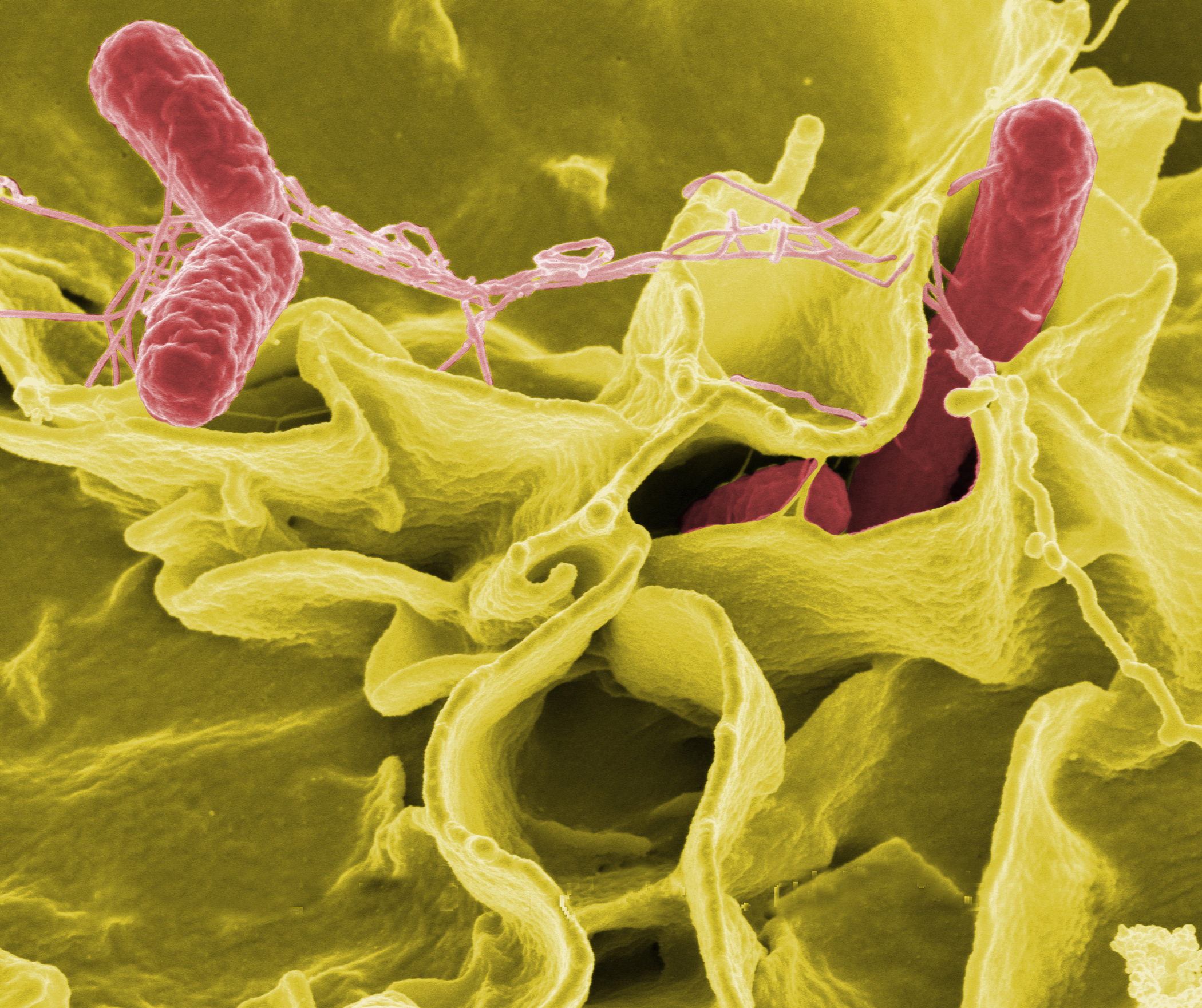Media Release
From: Springer NatureSynthetic biology: Bacteria as undercover therapeutic agents in mice (N&V) *IMAGES AND VIDEO*
Bacteria can be engineered to release anti-cancer drugs in synchronized cycles in mouse models of cancer, finds a paper published online in Nature this week. The system also allows bacterial populations to be controlled through periodic lysis (cell disintegration) of the bacterial colony.
There is growing interest in engineering bacteria to be used as living therapeutics, but responses in host organisms and long-term effectiveness of such systems need to be further evaluated.
Jeff Hasty and colleagues use a synthetic biology approach to engineer a genetic circuit — clusters of genes that impact each other’s expression — that controls the release of drugs in a tumour-targeting bacterium of the Salmonella strain. In this circuit, periodic synchronized cell lyses maximize the efficacy of delivery of the drugs. The authors first track bacterial population dynamics in colorectal tumours in mice. Subsequently, they orally administer the bacterium strain, alone or in combination with a clinical chemotherapeutic, to a mouse model of colorectal cancer. The authors find that the combination of both circuit-engineered bacteria and chemotherapy leads to reduction in cancer activity and extended survival compared to either therapy on its own.
The authors propose that their approach may help to leverage the tools of synthetic biology in order to exploit the propensity of certain bacteria to colonize sites in the body affected by disease. However, further work is needed before bacteria can be used as effective anti-cancer therapeutics. “Despite these features, bacteria alone (whether engineered or not), are unlikely to eradicate tumours”, explains Shibin Zhou in an associated News & Views article.

Expert Reaction
These comments have been collated by the Science Media Centre to provide a variety of expert perspectives on this issue. Feel free to use these quotes in your stories. Views expressed are the personal opinions of the experts named. They do not represent the views of the SMC or any other organisation unless specifically stated.